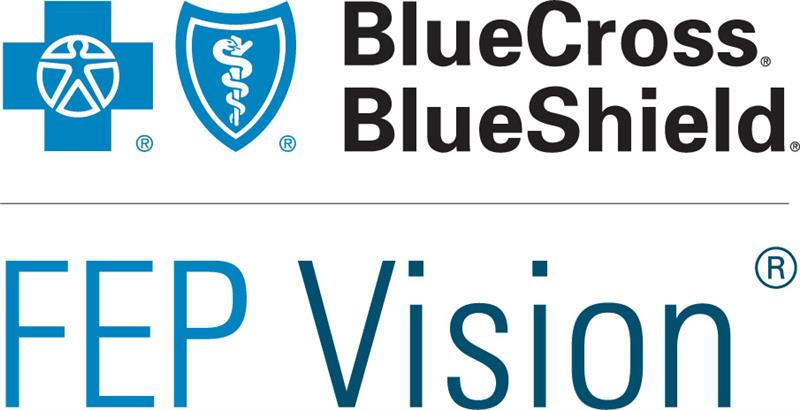VA disability can be a complicated subject, you may have heard people discussing a "permanent" rating, a "schedular rating", an "extra-schedular rating", an "analogous rating", or a "permanent and total rating". What do all these mean, and what is the difference between them? We will give you some information to hopefully make it a bit easier to understand how VA rates disability, and what it means to you.
The VA uses the Code of Federal Regulations (38CFR Part 4), as well as other things such as court decisions, presidential directives, etc. to determine a disability rating. This is generally referred to as the Schedule for Rating Disabilities. There are two general types of disability ratings:
- The normal or schedular rating
- The analogous or extra-schedular rating
The Normal Or Schedular VA Disability Rating
When you apply for VA disability, the VA employee will examine your service medical records as well as any medical records from after you leave the service. These may include VA and civilian doctors.
For example, if you have a skin condition caused by exposure to jet fuel in the military and it is documented by your military service record that you received treatment for this, the VA will normally grant the disability.
The VA will look up your condition in the Code of Federal Regulations which lists all the VA authorized disabilities and assign a specific code listed in the law to your disability. Then based on the severity of the condition you may see a 10, 20, 30 percent disability payment.
That is the most common VA disability rating, your condition matches a known disability and there is evidence that it was caused by your military service.
Analogous Or Extra-Schedular Disability Ratings
Let's say your symptoms don't match the symptoms in the VA's Schedule for Rating Disabilities. For instance, the Code of Federal Regulations has about 17 pages of different skin conditions that can be caused by military service, from scars to acne. For this discussion let's keep it simple.
Let's assume you have skin sensitivity based on exposure to jet fuel in the service, but this sensitivity only shows up in the sunlight and causes you to sunburn more easily on the affected area. This isn't one of the normal disabilities listed by the VA, so they deny your claim for disability benefits.
In this case you can argue for an "analogous rating" or "extra-schedular rating". You don't need to use those exact words, and there is a difference between the two, but what you need to do is prove to the VA, that your sunburn is caused by your exposure to jet fuel.
An analogous rating basically means that it is similar to an approved rating. For example the Schedule for Rating Disabilities may list a skin condition for light sensitivity due to jet-fuel exposure. While the law doesn't specifically doesn't approve sunburn, light sensitivity is close enough so the VA will grant the disability.
Extra-schedular ratings are conditions that don't exist in the Schedule for Rating Disabilities. These disabilities may be new, or they may be something that medical science is just discovering. Some examples of disabilities that were extra-schedular in the past are health problems caused by agent orange, or depleted uranium exposure.
Either way, when you file a Notice of Disagreement with the VA, be prepared for a long wait and a lot of work depending your disability, your best option is to get the help of a Veteran's Service Organization who can assist you in filing a formal disagreement with the VA. They will help you for free, they usually have a national membership which means they may have seen a similar situation in the past, they have experts who understand the VA system and the schedule of ratings, and they have your best interests in mind. Check our our VA Appeals section for details on the process.
The Permanent And Total Disability Rating
This type of rating is when the VA determines your disabilities will never get better - they are permanent. They are also total, meaning that you either have more than one disability from the VA Schedule for Rating Disabilities, and those disability percentages add up to at least 100%, or you have one disability that is bad enough to rate at 100%.
You can be rated 100% temporarily, for example if you get a knee replacement you cannot walk for a certain length of time. The VA will usually give you 100% disability for 13 months, which is the normal recovery time for such surgery.
There are also other ratings related the the Permanent and Total rating, such as the Individual Unemployability rating, the Aid & Attendance rating, automobile & special adaptability equipment grants, or Special Monthly Compensation.
The main thing to remember is that if you disagree with the VA's ruling you can challenge it, and your first choice for assistance in filing a formal disagreement with the VA is a Veterans Service Organization, be very careful about dealing with private lawyers who claim to be able to get you "free" money from the VA.












